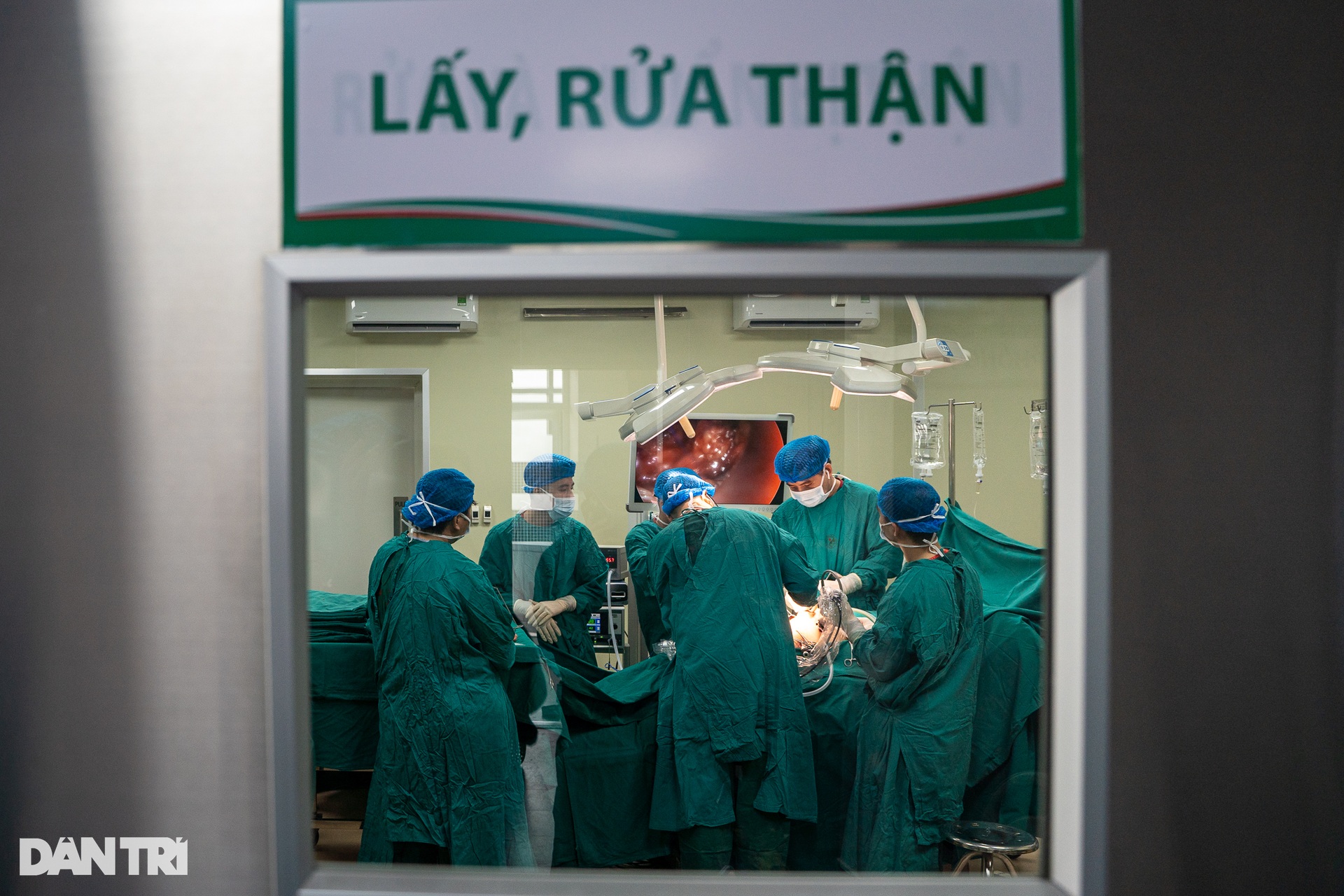
After a period of consultation and agreement on plans, Duc Giang General Hospital performed two simultaneous surgeries: taking a kidney from a living donor and transplanting it to a patient with kidney failure who had been living with a dialysis machine for 10 years.
According to Dr. Nguyen Cong Hieu, Deputy Head of the Department of Nephrology and Urology, kidney transplantation in particular and organ transplantation in general is a difficult technique. The challenge comes not only from the process of harvesting and transplanting but also from the post-transplant recovery period for the recipient.
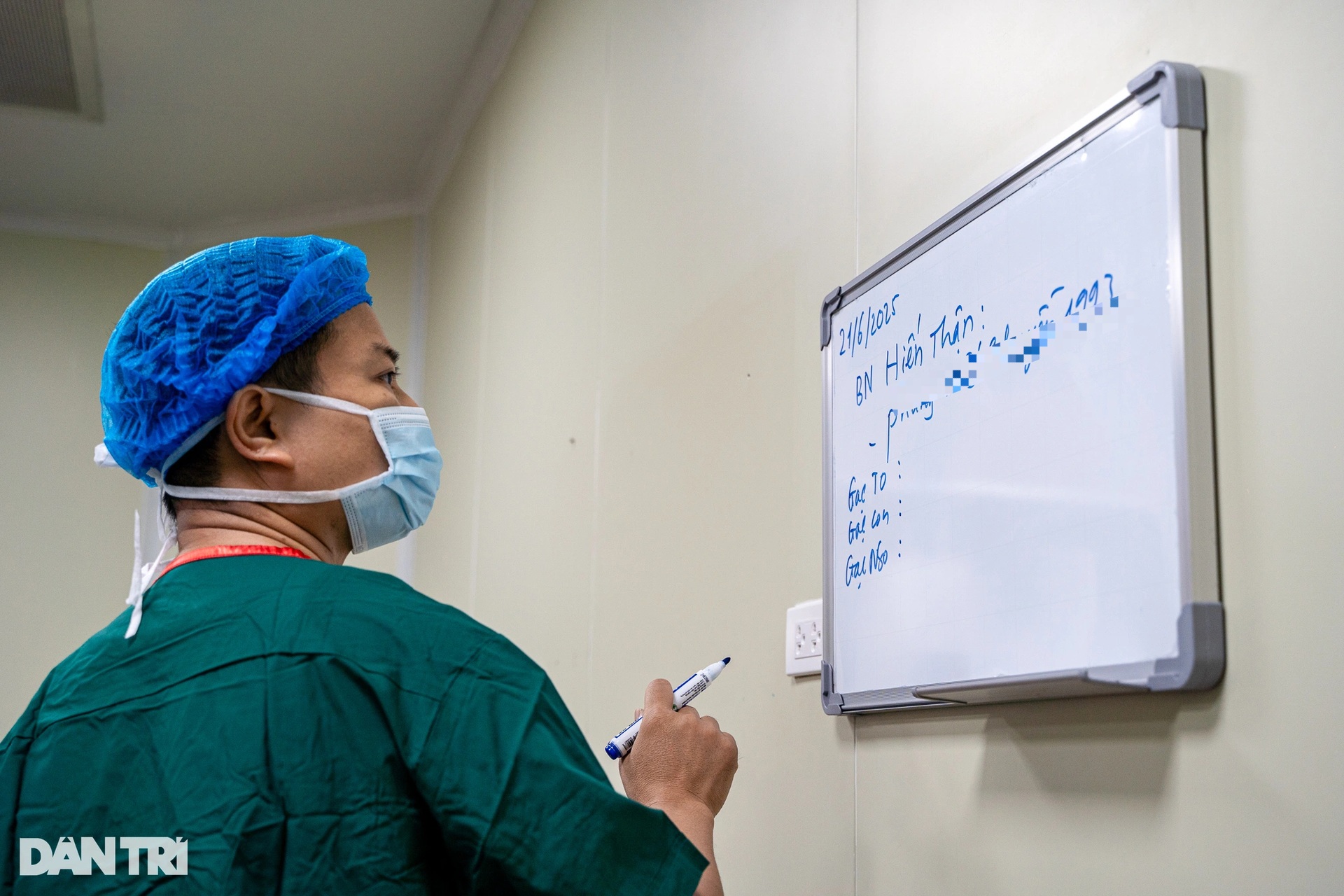
To simultaneously harvest and transplant organs, dozens of personnel in different positions must coordinate like "gears".
"Nearly 30 medical staff were divided into four teams to serve the two surgeries this time. The kidney removal team, the kidney washing team, the kidney transplant team, the resuscitation and post-transplant treatment team," Dr. Hieu shared before performing the kidney transplant in the morning.
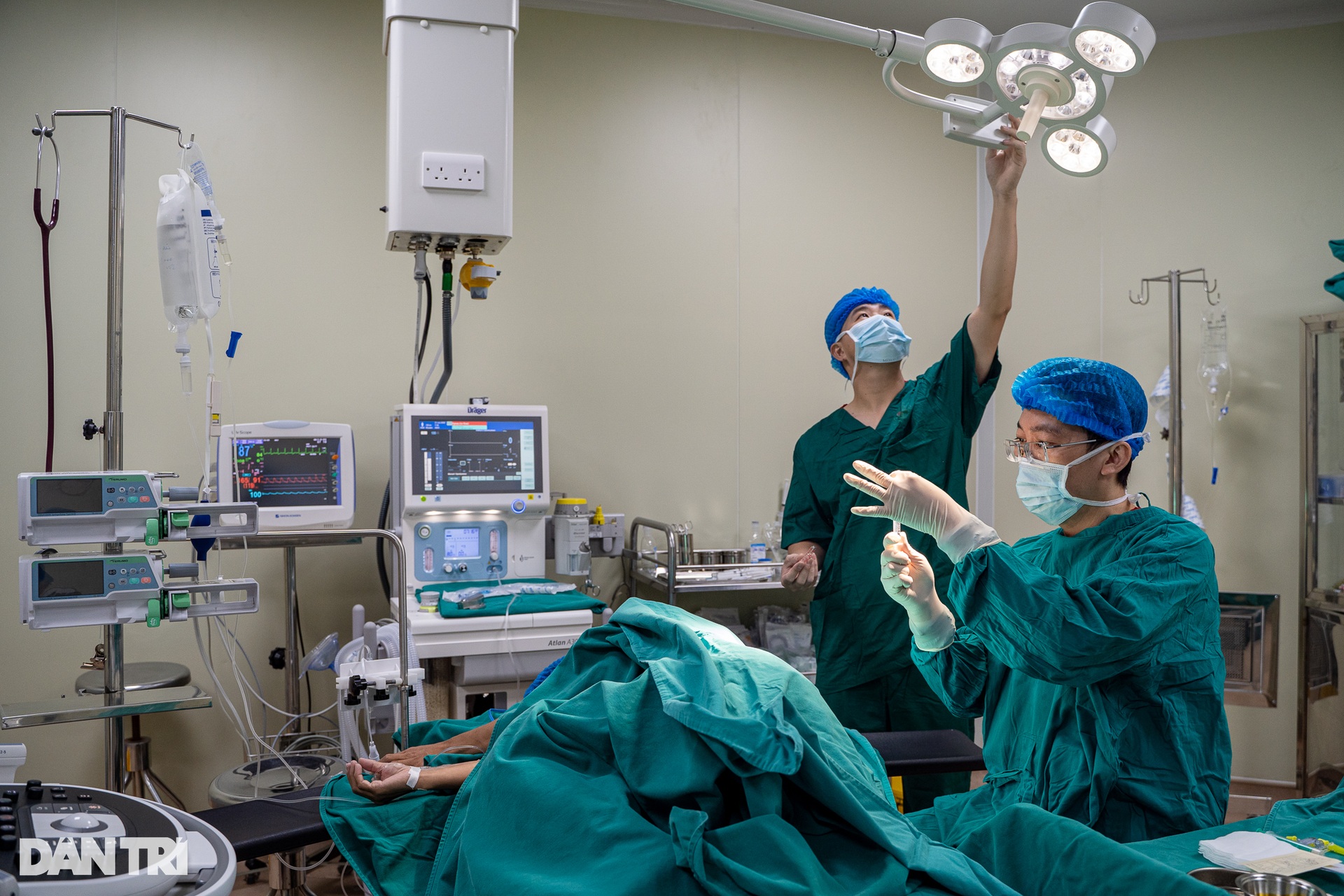
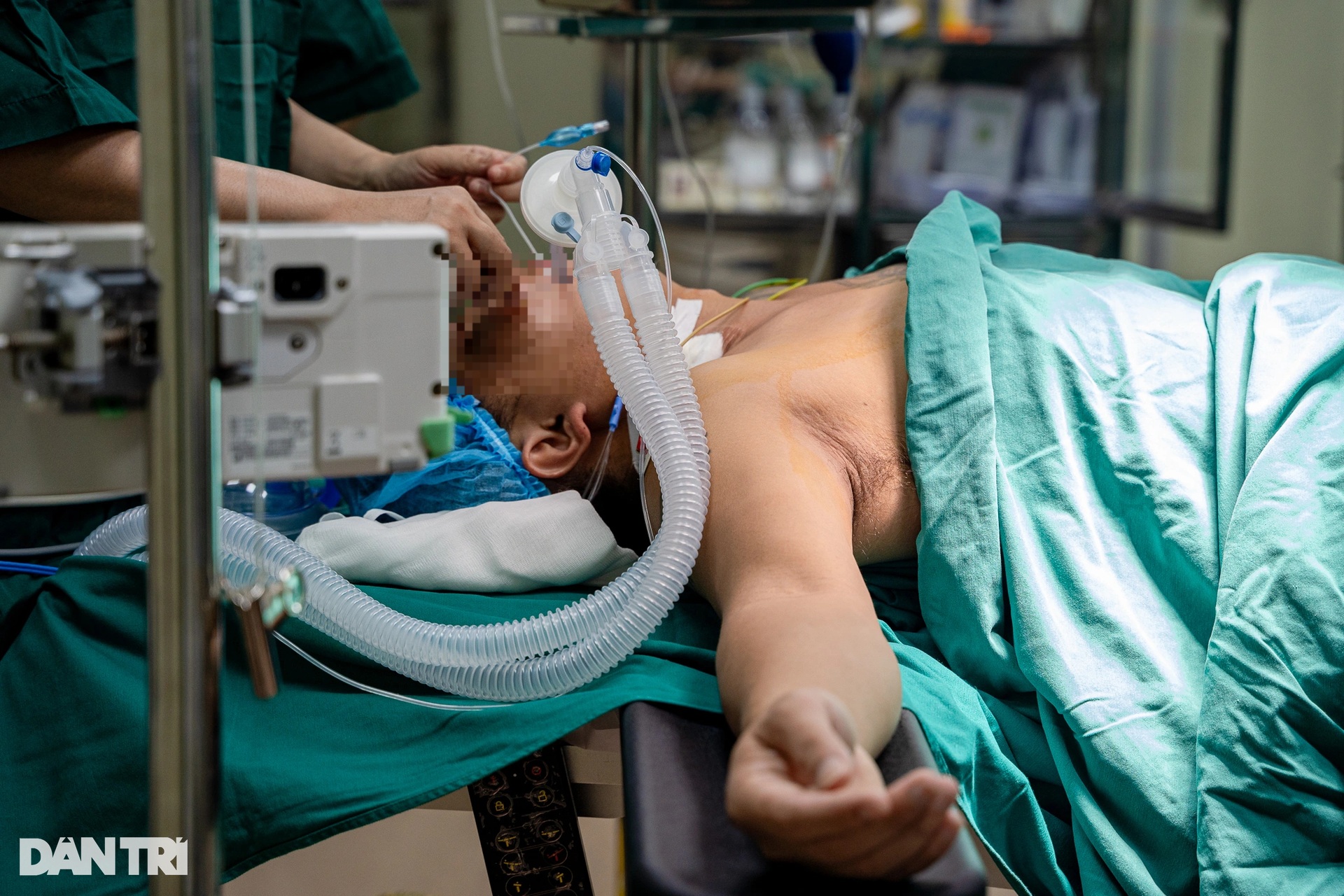
At exactly 7:00 a.m., two operating rooms lit up at the same time. Operating room number 6 was for the kidney donor, operating room number 7 was for the kidney recipient. Doctors and nurses began to anesthetize both patients.
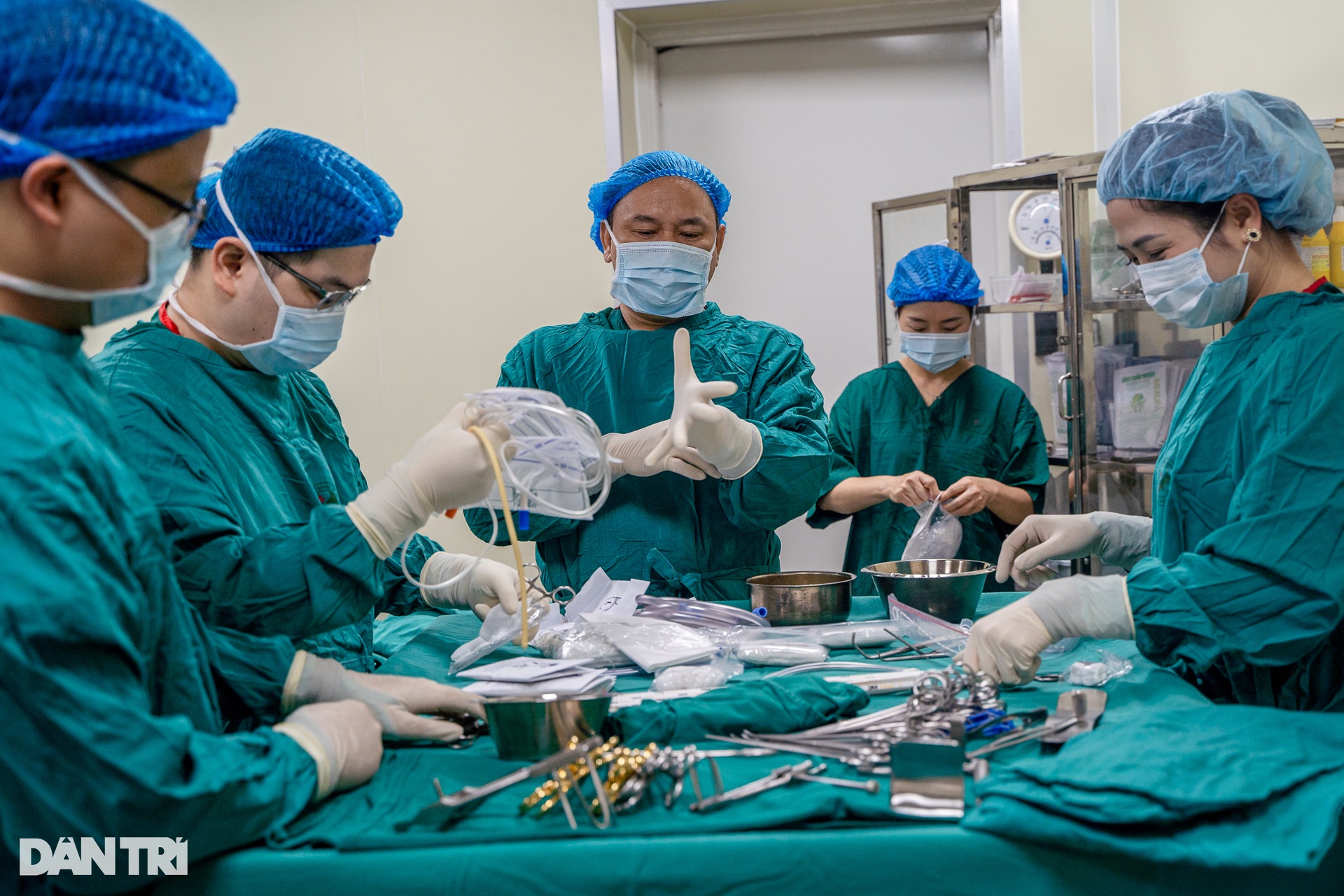
The donor kidney will be removed by laparoscopic surgery. During the first 40 minutes of the surgery, operating room No. 6 has about 15 doctors and nurses performing preparations, connecting endoscopic equipment, and adjusting images before starting the surgery.
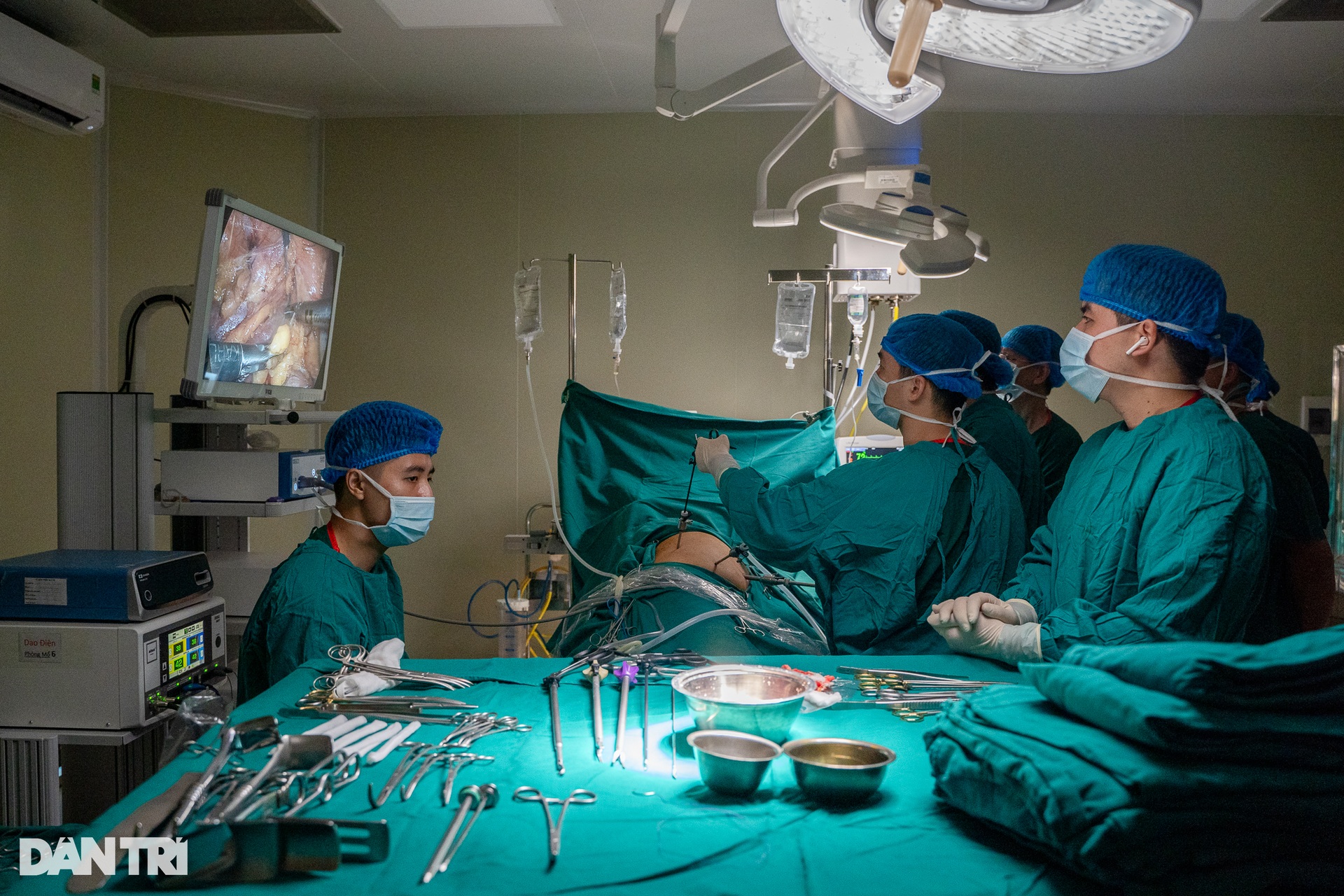
“Laparoscopy is a modern and fast method that helps patients heal quickly. Especially in cases of live donation like today’s surgery, patients will have a shorter recovery time and will be discharged quickly if there are no problems with their indicators after surgery,” said Dr. Bui Truong Giang, Head of the Department of Nephrology and Urology.
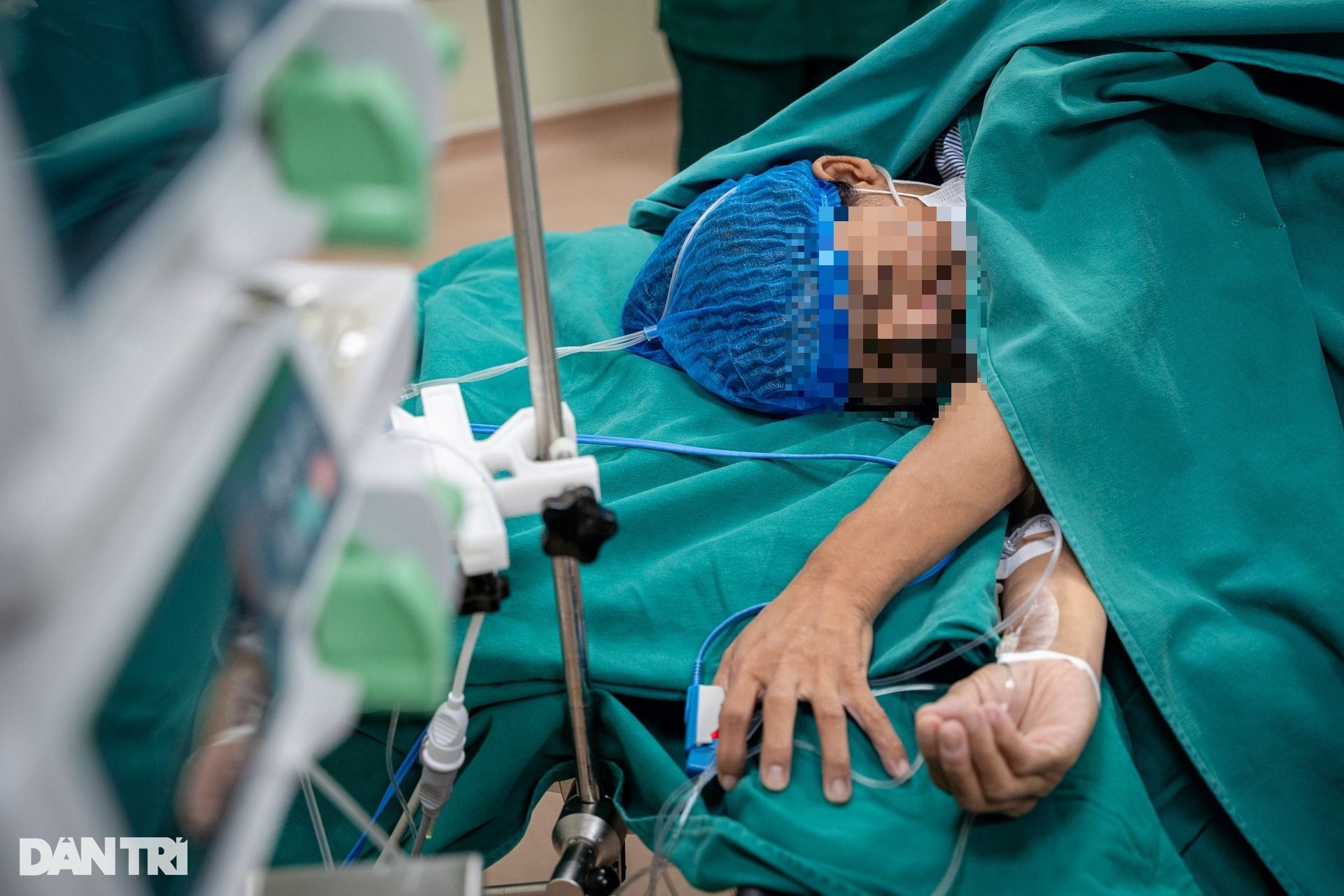
At this time in room number 7, Dr. Le Nguyen An - Head of the Anesthesia - Resuscitation Department performed spinal anesthesia. At this time, the patient was still awake and conscious. "We are starting to anesthetize, it will sting a little, try your best," Dr. An encouraged the patient.
The woman closed her eyes as the needle passed through her skin and into the back of her spine.
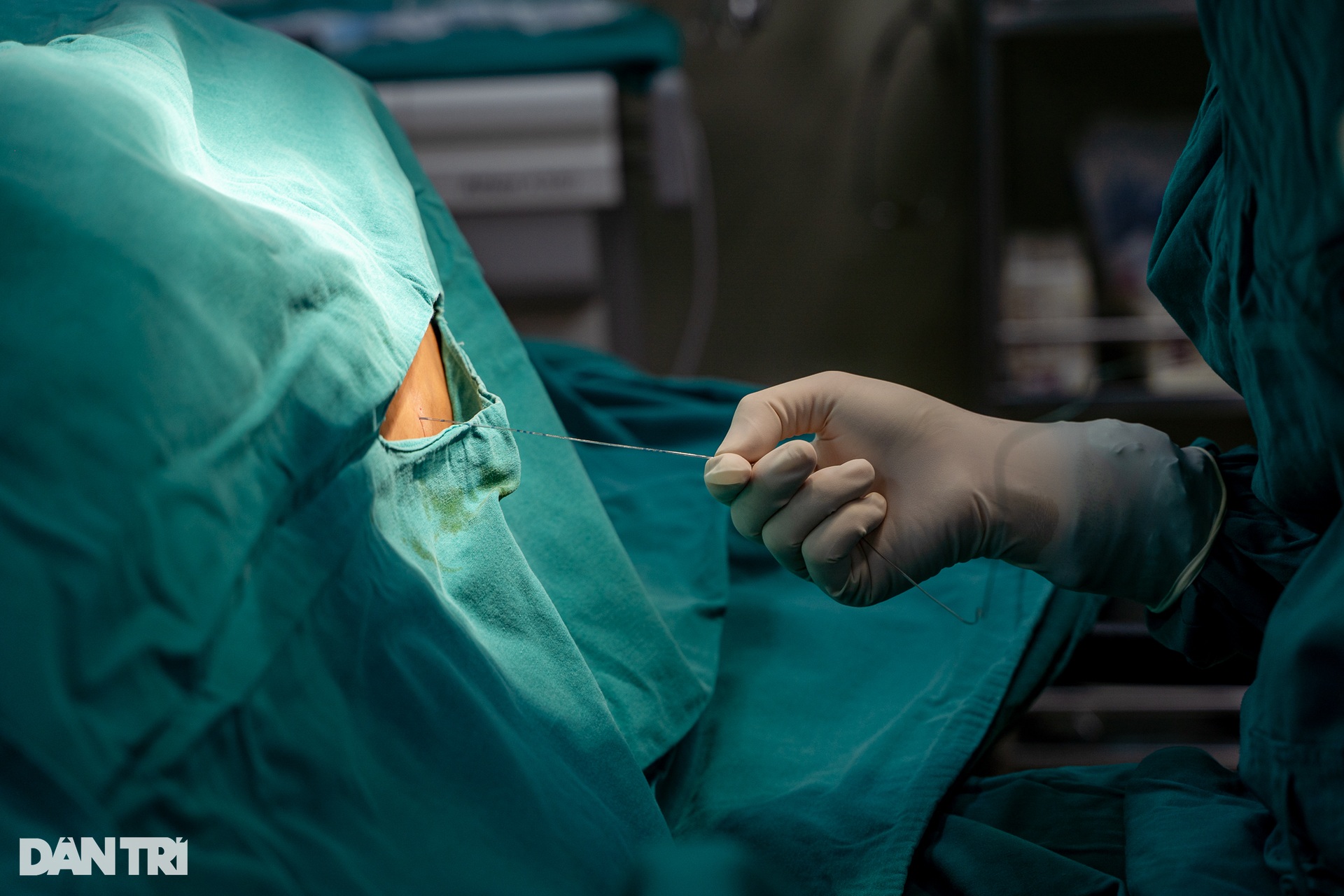
“This is a long surgery, so we need to pay special attention to anesthesia and pain relief for the patient. Before the surgery, the patient confided in me that she hoped that after the kidney transplant, she would be able to drink water and urinate like a normal person,” said Dr. An.
10 years of dialysis, also 10 years this woman could not drink water. Not being able to urinate meant that a few glasses of water could threaten her life.
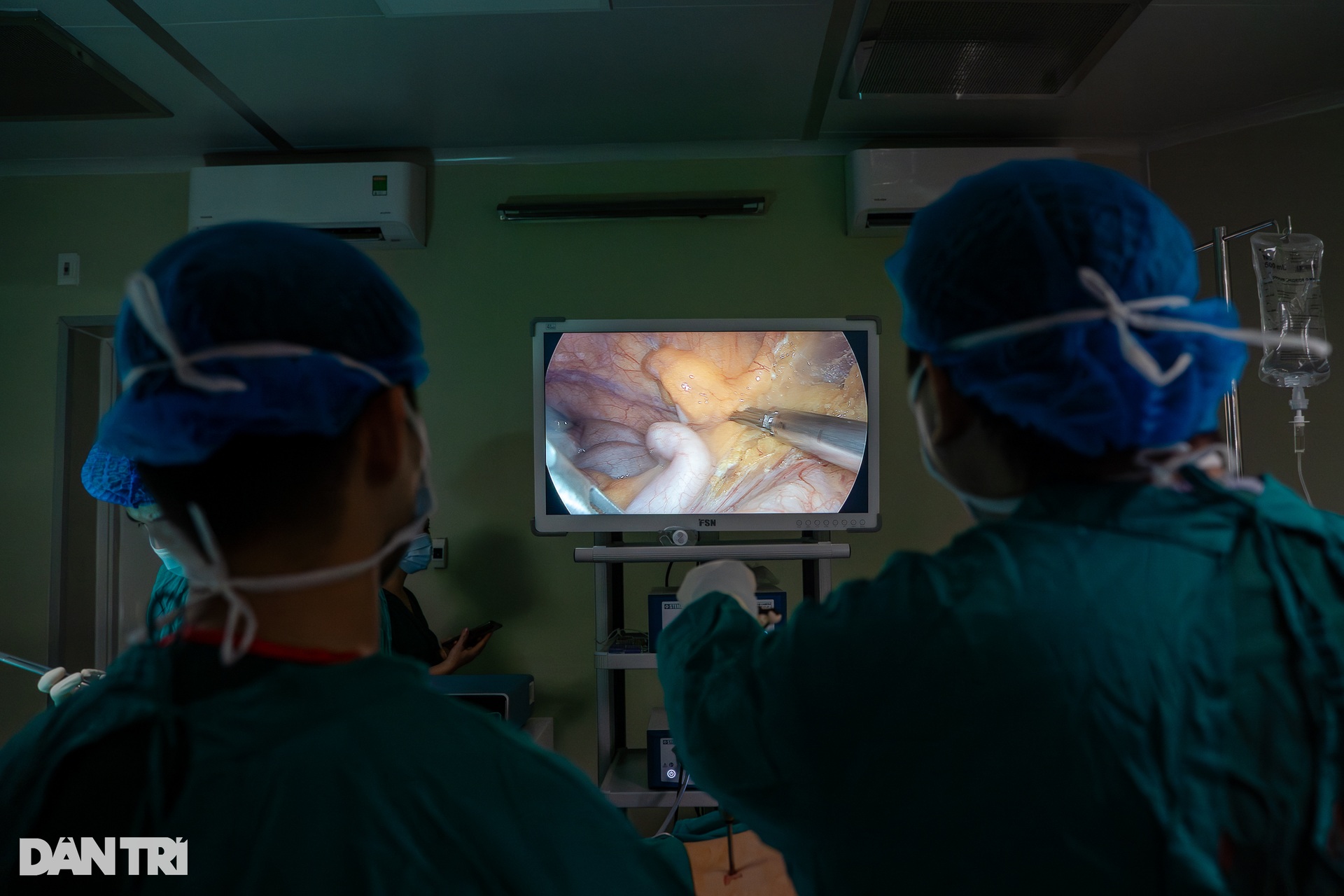
The process of removing the donated kidney is performed by laparoscopic surgery. The doctor will skillfully use endoscopic instruments to perform interventions, thereby helping to minimize trauma to the donor's body.
The surgeon carefully used an electric knife to cut away the membranes and fat layers surrounding the kidney. After nearly an hour of endoscopic dissection, the donated kidney began to be exposed.
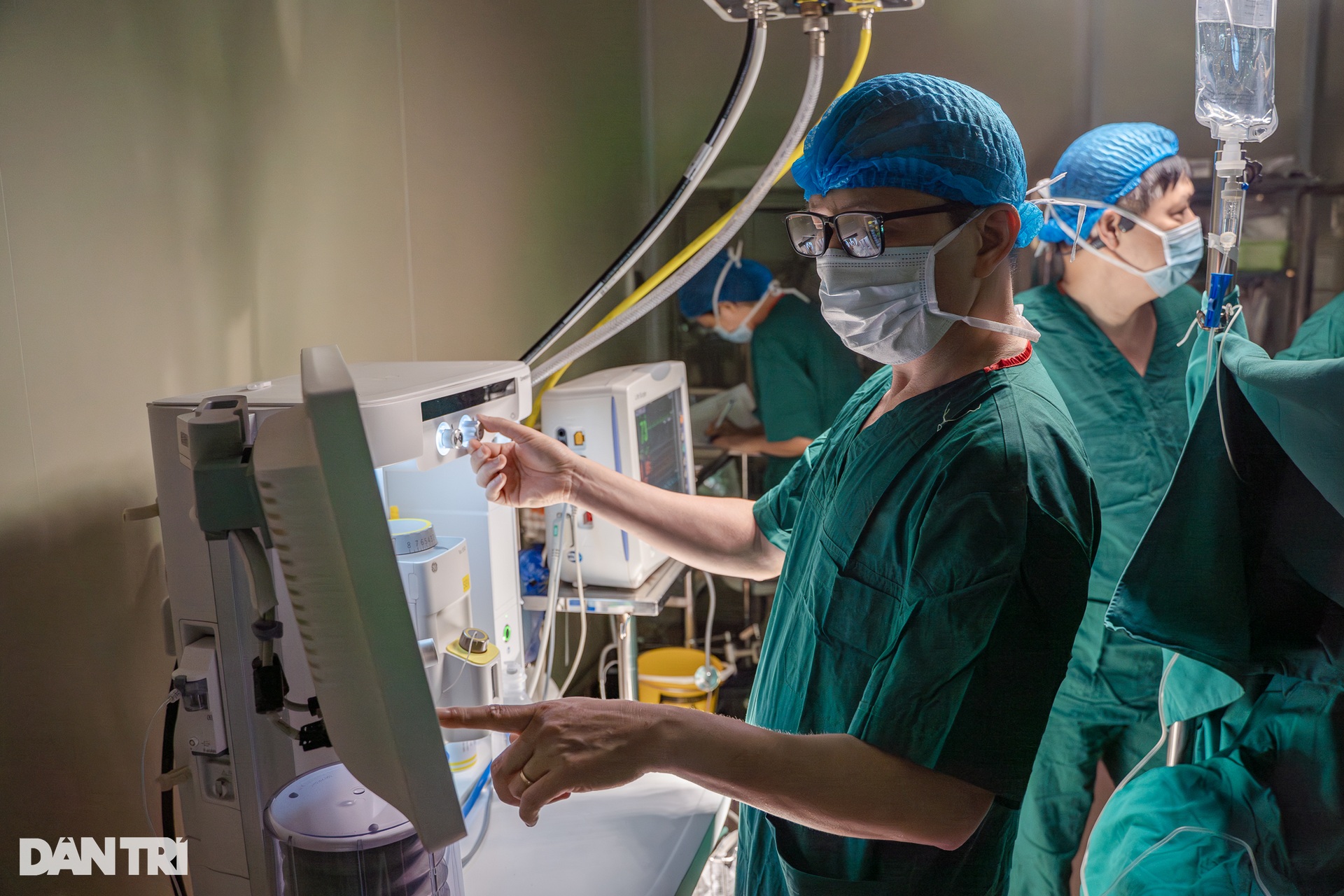
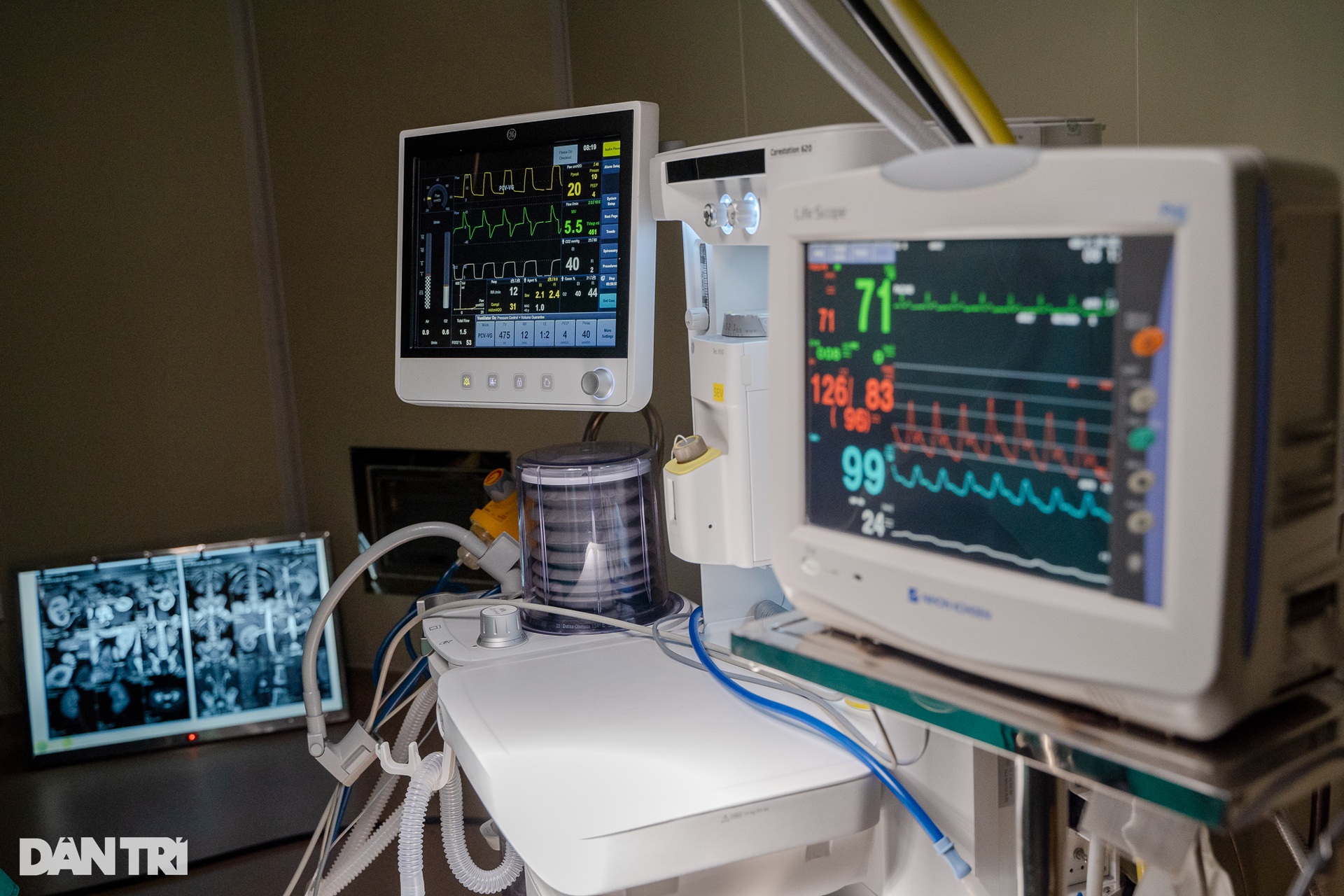
During the surgery, the team will continue to consult, evaluate and give the most appropriate surgical direction based on the actual situation.
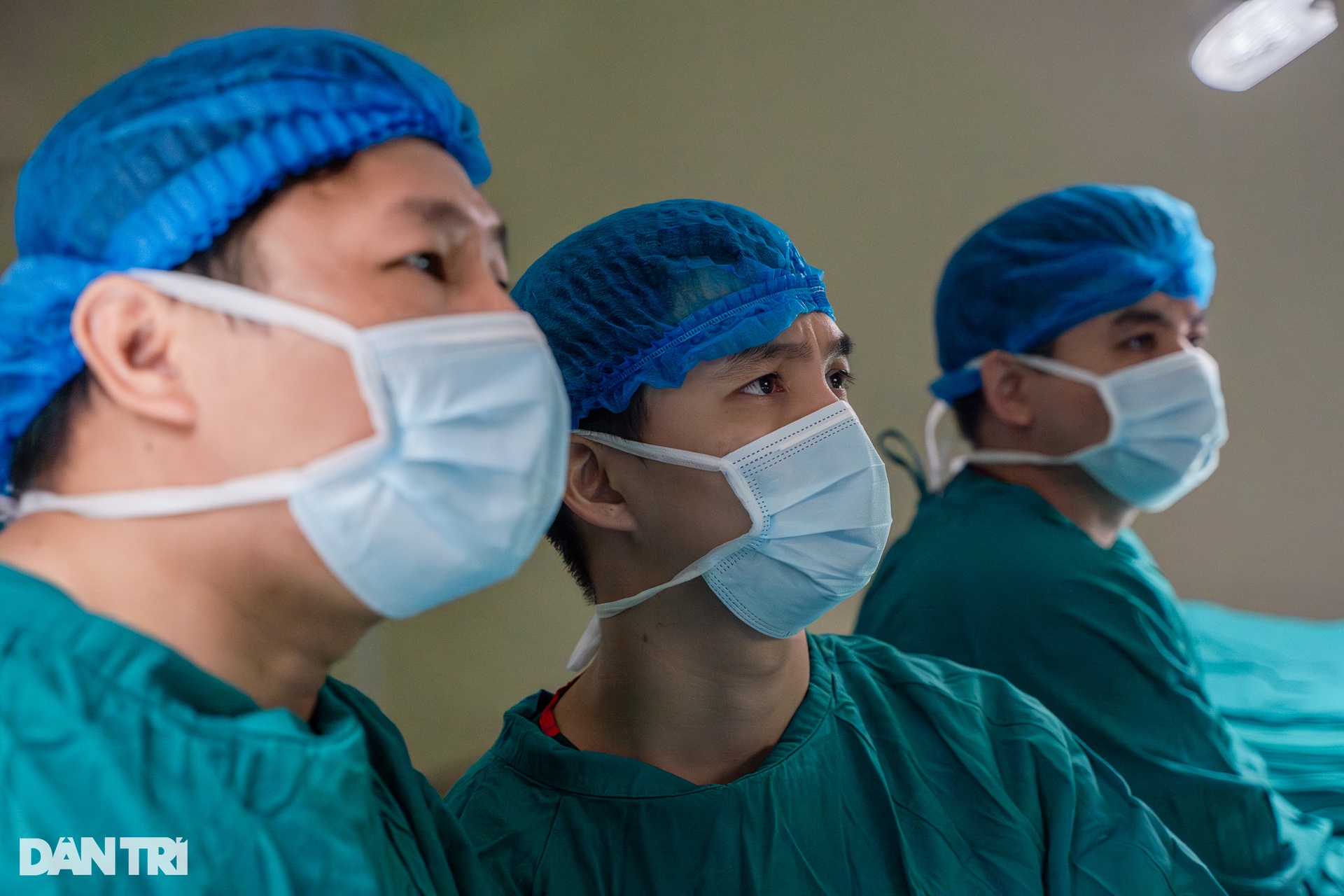
Vascular malformations are a major challenge in kidney transplantation. Patients with renal failure undergoing kidney transplantation in the presence of atherosclerotic blood vessels require surgeons to continue observing and choosing the most appropriate surgical option to ensure the success of the kidney transplant.
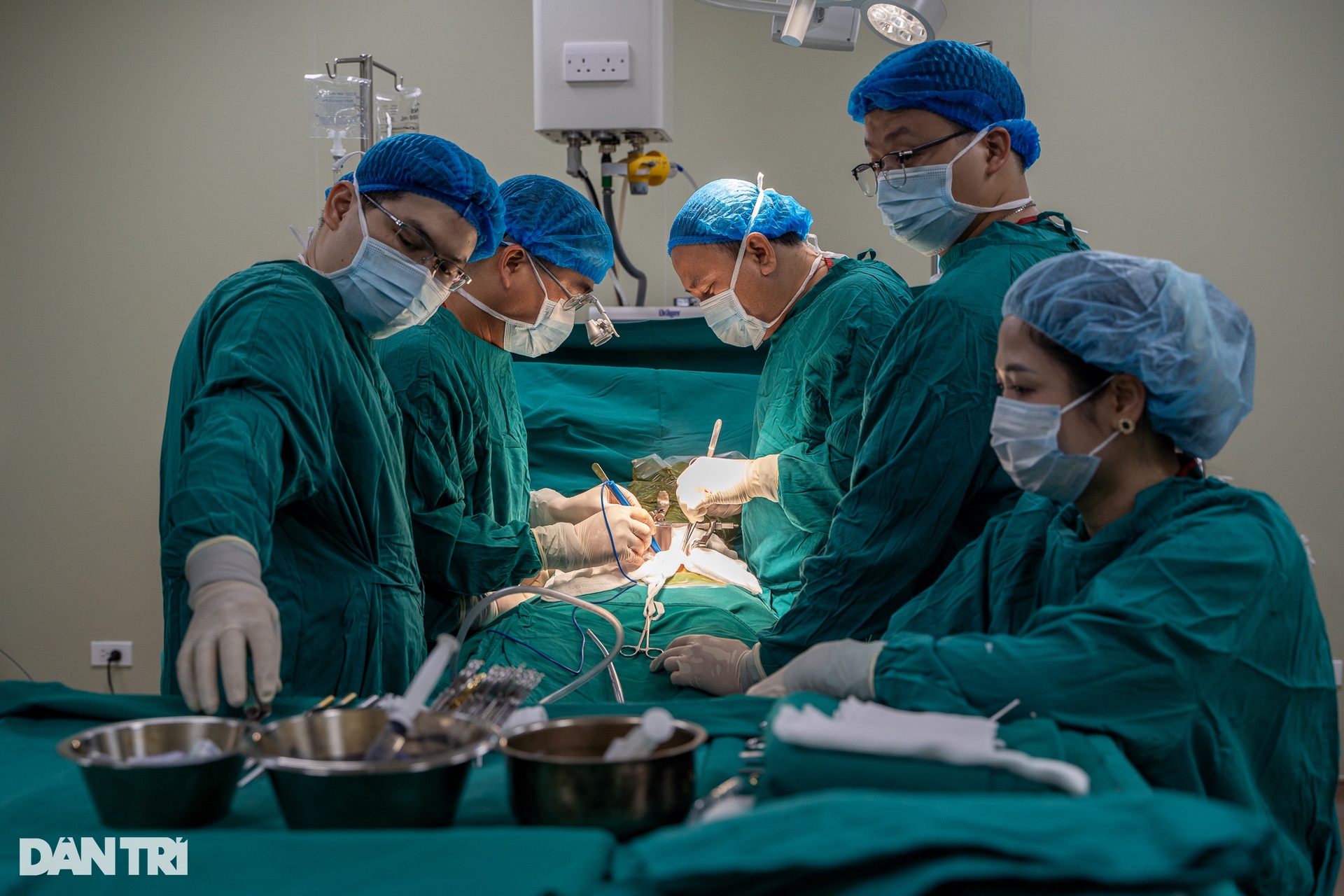
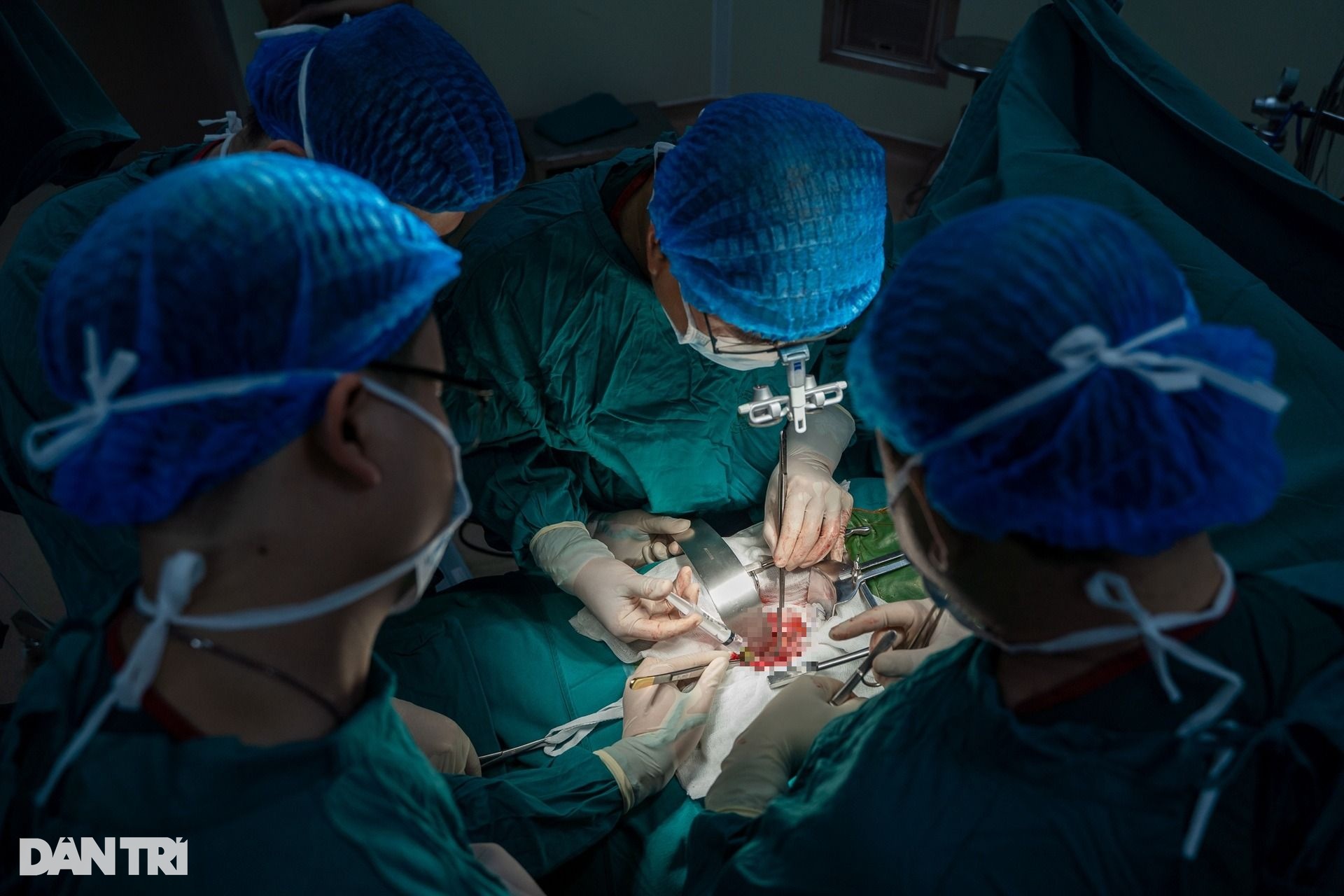
Kidney transplantation requires a coordinated effort between all teams in both operating rooms. When the donor kidney is about to be removed for irrigation, the recipient kidney has already been passed the final electric knife.
At nearly 9:40, the kidney was removed and immediately washed. The purpose of washing the kidney was to remove all foreign substances and clean excess blood in the capillaries. Especially after removing the kidney, the team had to observe carefully, detect abnormalities in the blood vessels to warn their colleagues.
After the kidney is removed, the donor's vital signs continue to be monitored. Doctors will stitch up the laparoscopic incisions one by one before moving on to recovery and post-operative care.
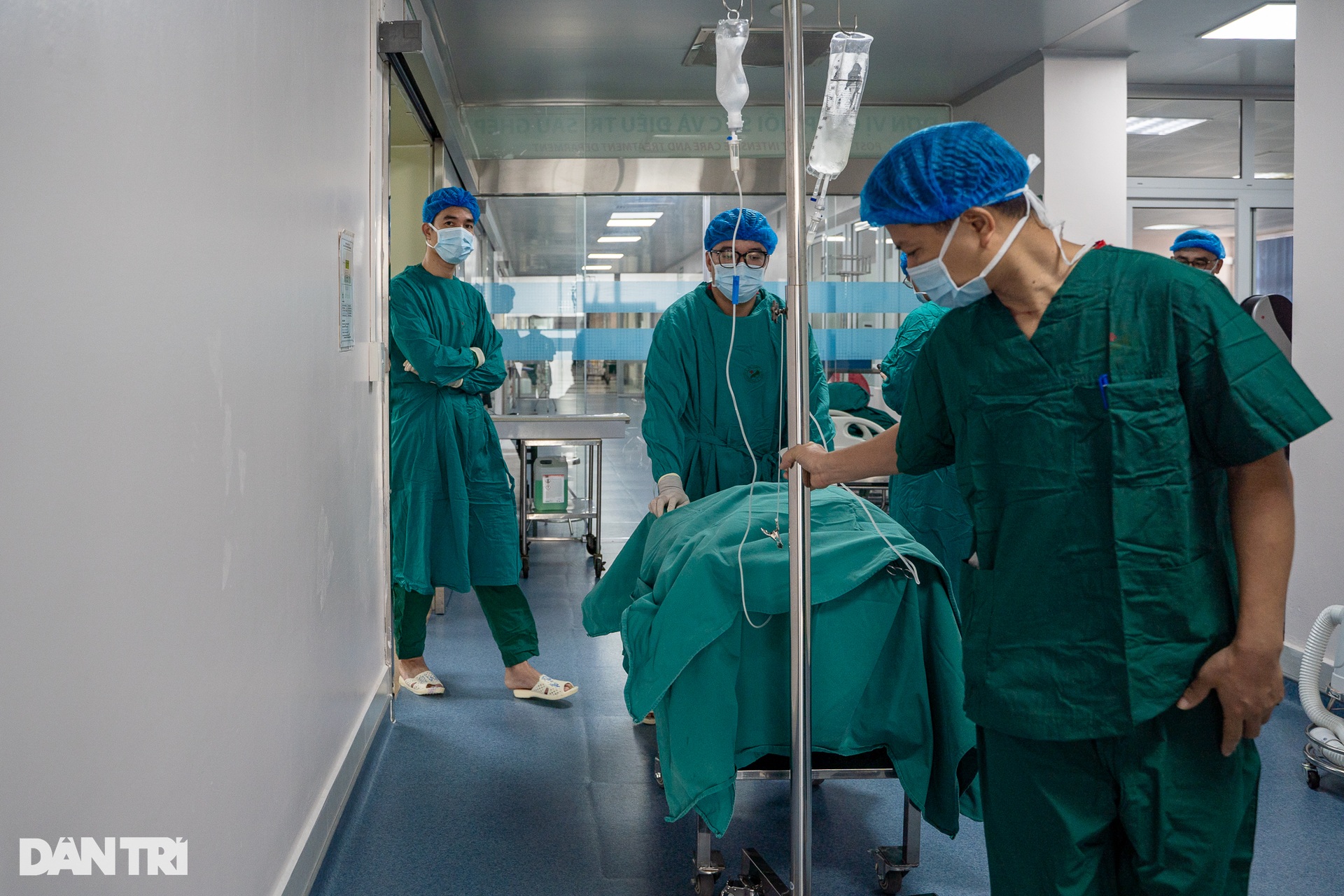
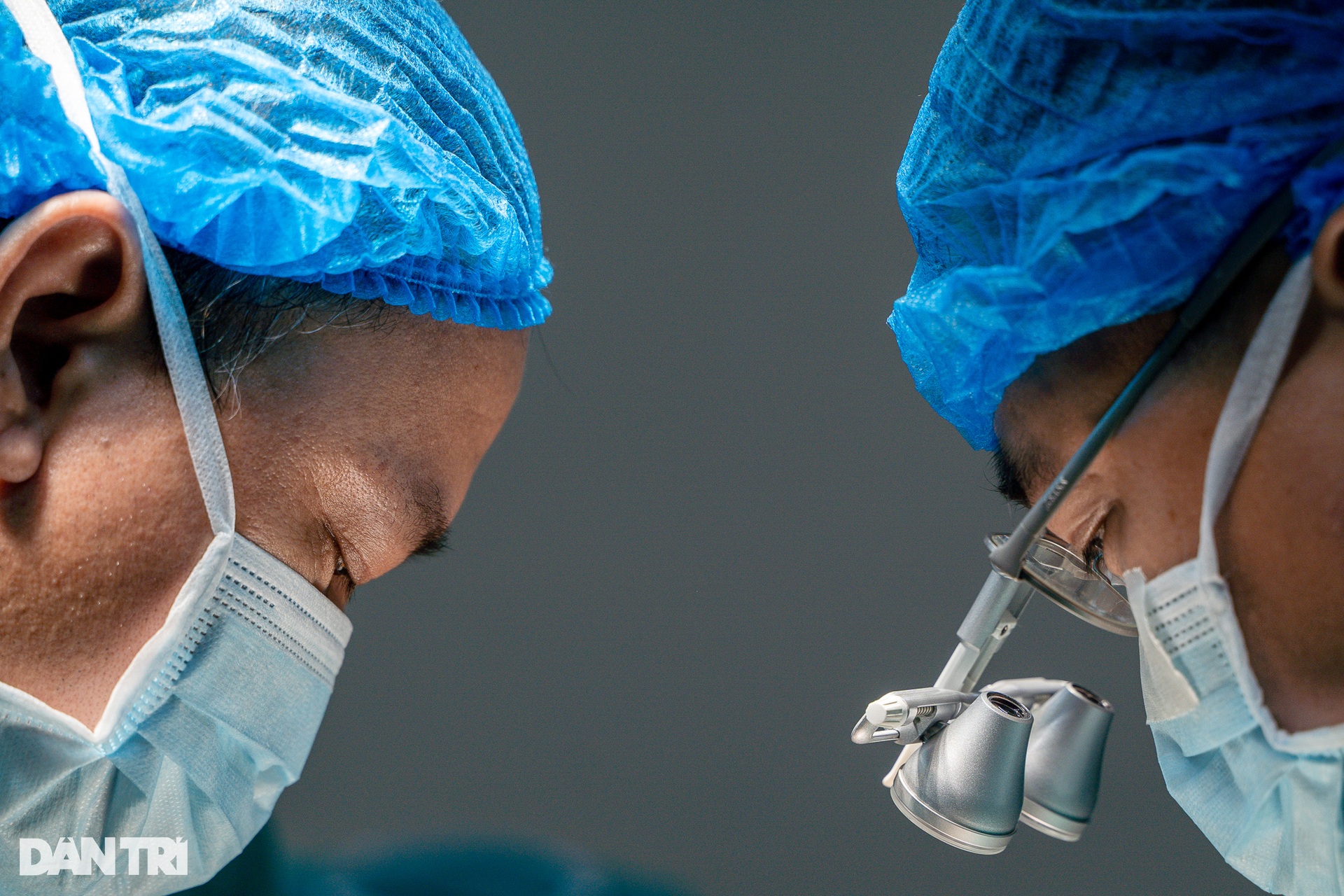
The cleaned kidney was taken to the kidney transplant room. Dr. Nguyen Van Lam, Department of General Surgery, used a microscope to clearly see each blood vessel in preparation for the important step of the kidney transplant: Suturing the blood vessels.
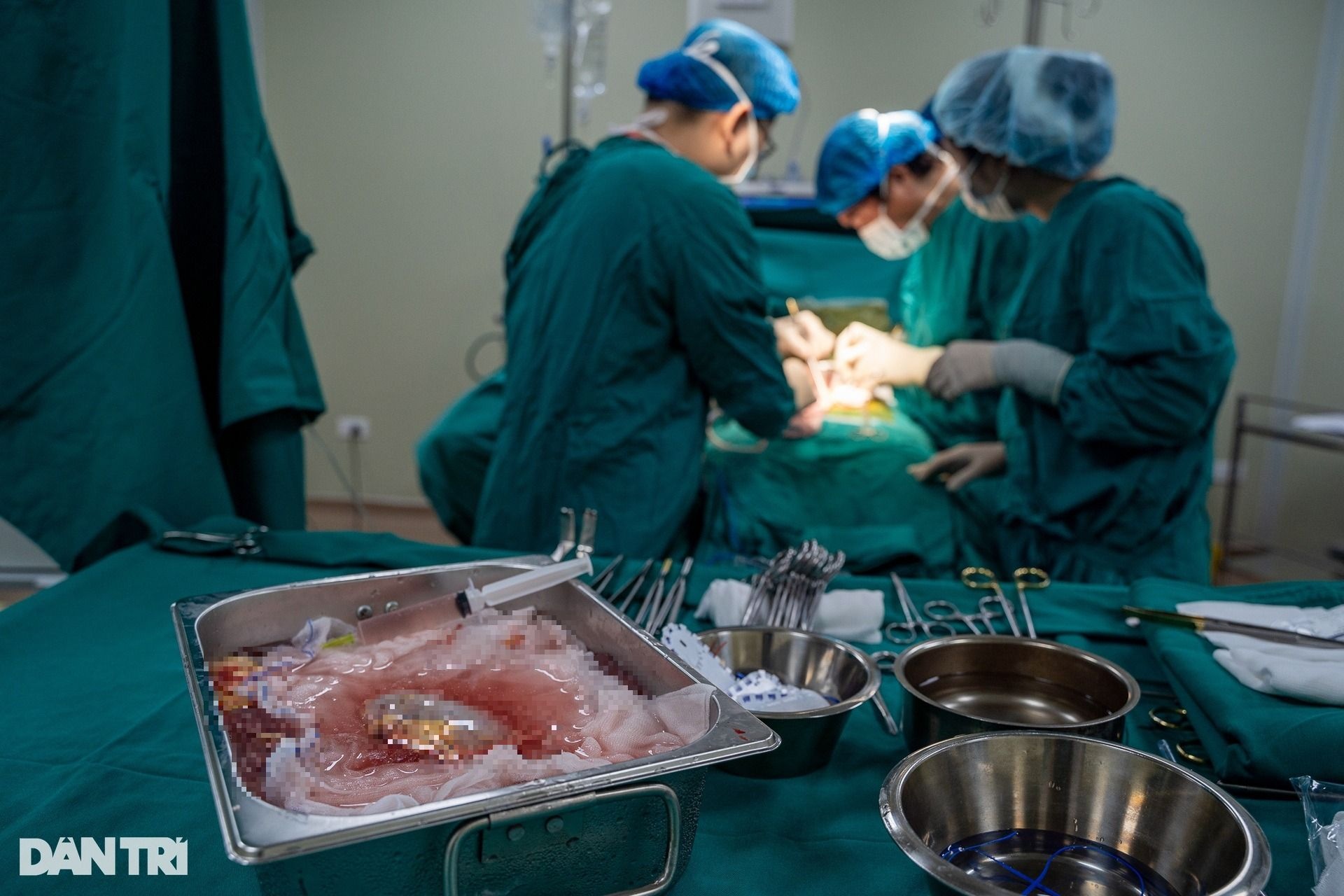
In the kidney transplant area, there are many arteries and veins inside and outside the pelvis. To function smoothly, the blood vessels of the transplanted kidney must be compatible and connected with the arteries and veins of the recipient. This is a long process and requires a lot of attention during kidney transplantation.
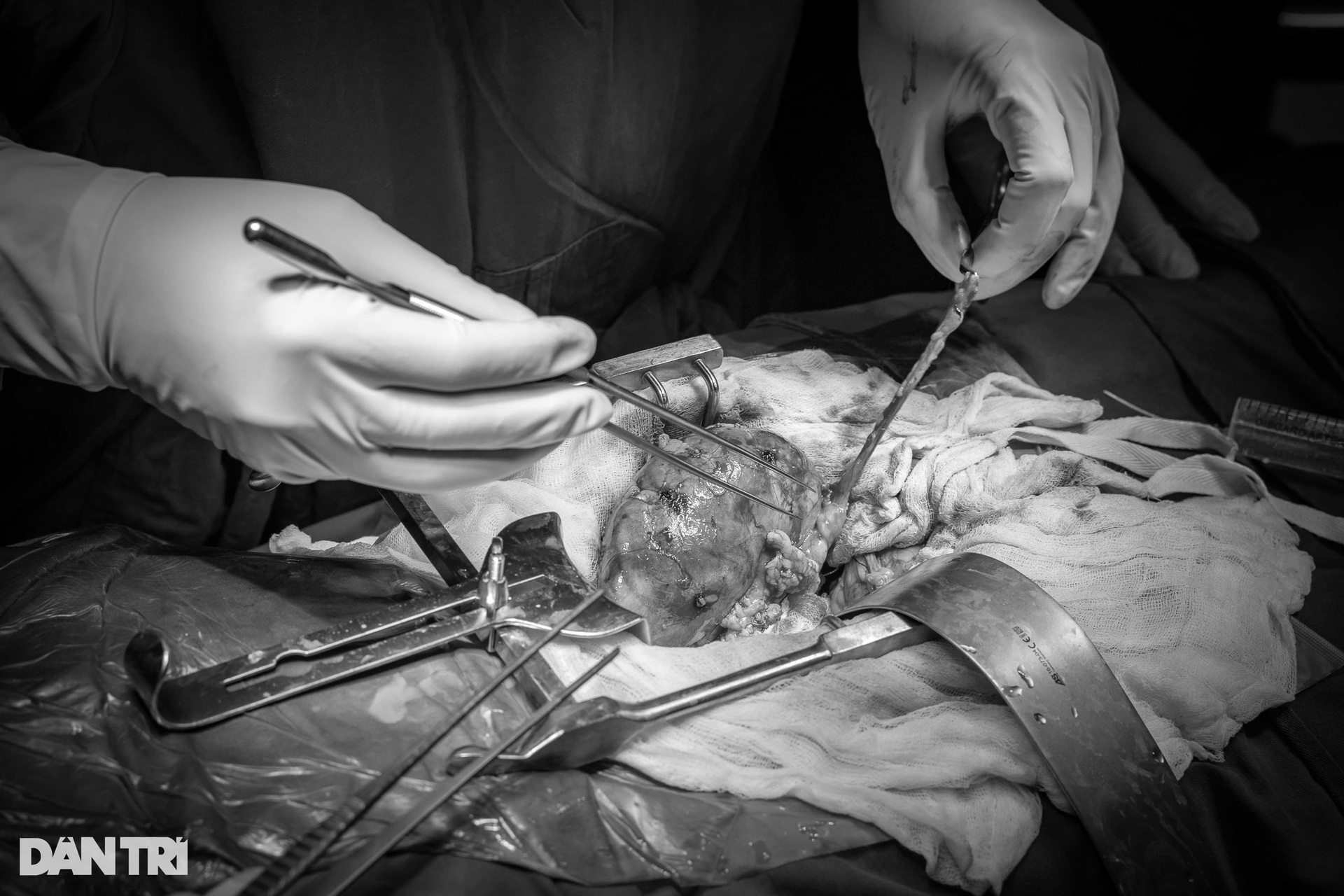
After 15 minutes of intense concentration, Dr. Lam and his colleagues successfully connected the recipient's artery to the donor kidney. The next task was to connect the vein. The job required intense concentration because it required precision down to the millimeter.
Once the vascular anastomosis is completed, the effectiveness of the kidney transplant can be assessed. The team gradually removes the clamps, allowing blood circulation to help the kidney gradually return to its original pink color.
The doctors observed and checked the compatibility of the transplanted kidney. The first 50ml and then 100ml of urine were discharged. At this point, the kidney transplant surgery could be considered a success.
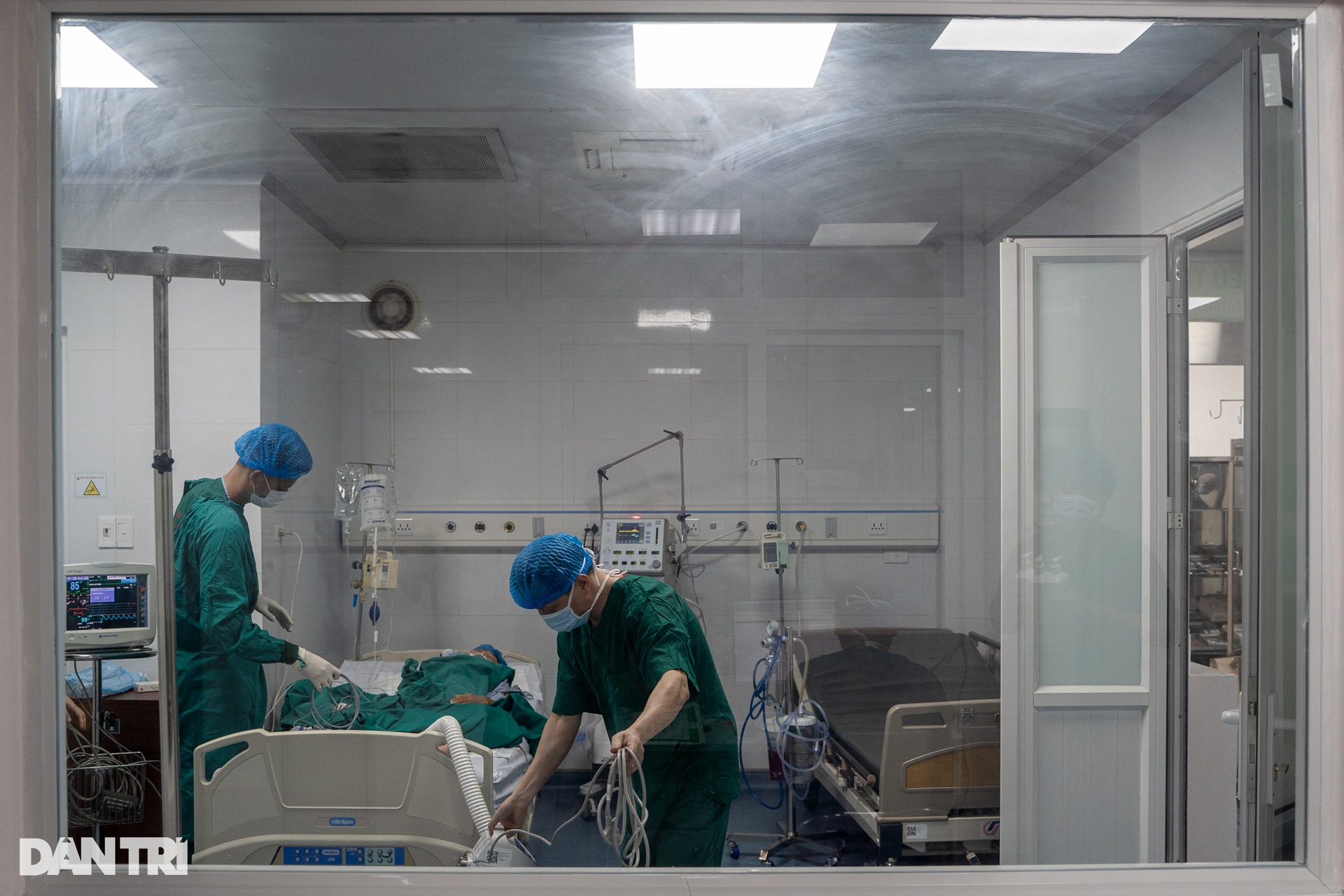
After surgery, the patient is transferred to the intensive care unit for monitoring. The nurses will continuously check every milliliter of urine, post-operative blood pressure and other vital signs. If the recovery is good, the patient can urinate and drink water like a normal person the next day.
This is the 21st kidney transplant successfully performed at this medical facility. Kidney transplantation is an effective, high-quality, low-cost treatment method compared to methods such as hemodialysis and peritoneal dialysis for people with end-stage chronic kidney failure.
A patient with end-stage renal failure must undergo dialysis three times a week, his life is almost tied to the hospital, he is unable to work, creating a burden for his family and society. If he receives a kidney transplant, the patient can live well, return to work normally, and have a better quality of life.
Source: https://dantri.com.vn/suc-khoe/can-canh-30-y-bac-si-giai-cuu-co-gai-suy-than-10-nam-khong-the-uong-nuoc-20250622094634776.htm



![[Photo] Solemn opening of the 8th Congress of the Central Public Security Party Committee, term 2025-2030](https://vphoto.vietnam.vn/thumb/1200x675/vietnam/resource/IMAGE/2025/10/4/f3b00fb779f44979809441a4dac5c7df)
![[Photo] General Secretary To Lam attends the 8th Congress of the Central Public Security Party Committee](https://vphoto.vietnam.vn/thumb/1200x675/vietnam/resource/IMAGE/2025/10/4/79fadf490f674dc483794f2d955f6045)
![[Photo] Bustling Mid-Autumn Festival at the Museum of Ethnology](https://vphoto.vietnam.vn/thumb/1200x675/vietnam/resource/IMAGE/2025/10/4/da8d5927734d4ca58e3eced14bc435a3)




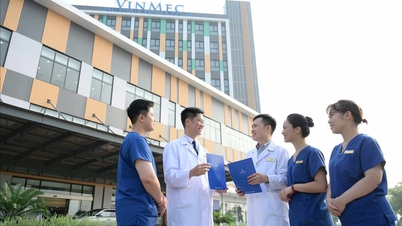

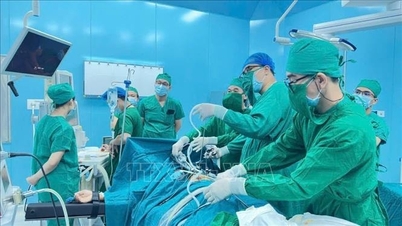


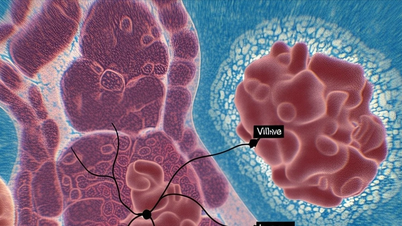

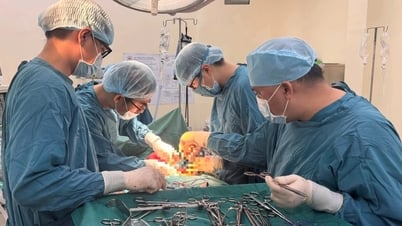



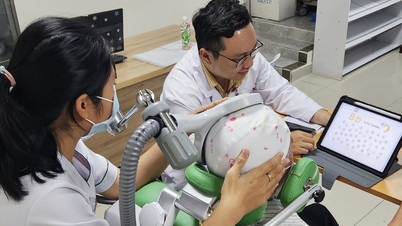
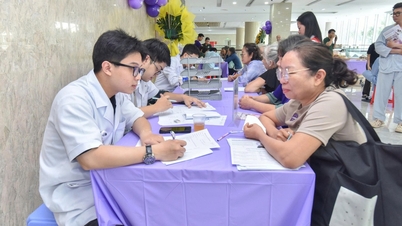

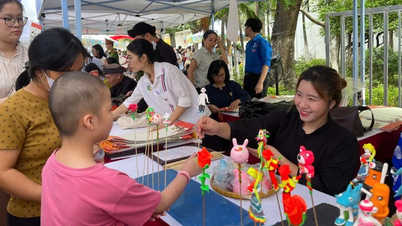







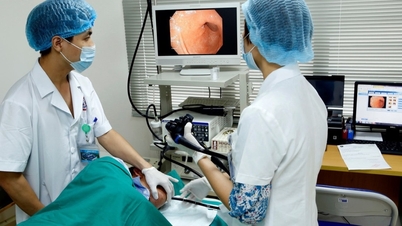






























![[VIDEO] Summary of Petrovietnam's 50th Anniversary Ceremony](https://vphoto.vietnam.vn/thumb/402x226/vietnam/resource/IMAGE/2025/10/4/abe133bdb8114793a16d4fe3e5bd0f12)
![[VIDEO] GENERAL SECRETARY TO LAM AWARDS PETROVIETNAM 8 GOLDEN WORDS: "PIONEER - EXCELLENT - SUSTAINABLE - GLOBAL"](https://vphoto.vietnam.vn/thumb/402x226/vietnam/resource/IMAGE/2025/7/23/c2fdb48863e846cfa9fb8e6ea9cf44e7)














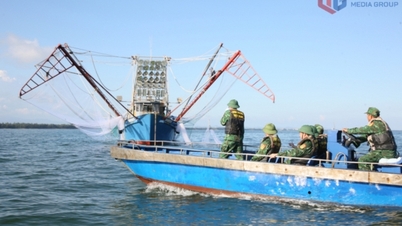





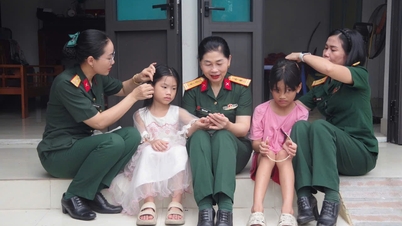
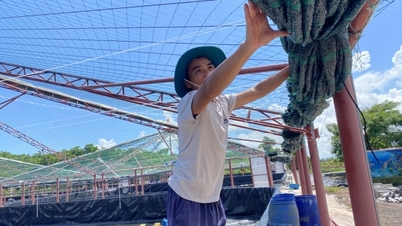





Comment (0)